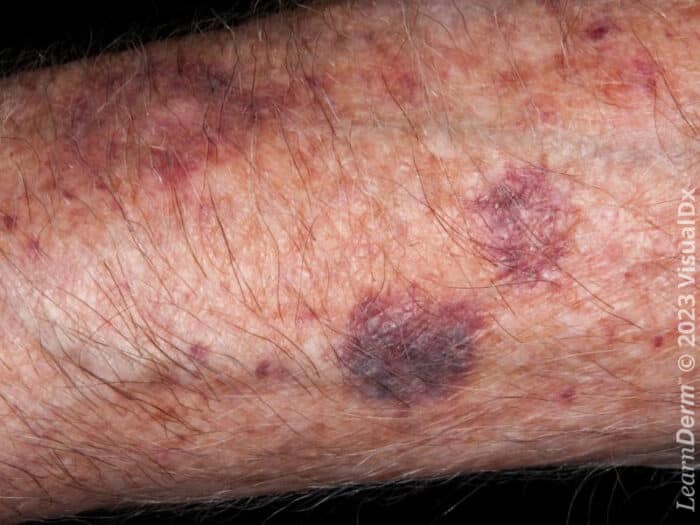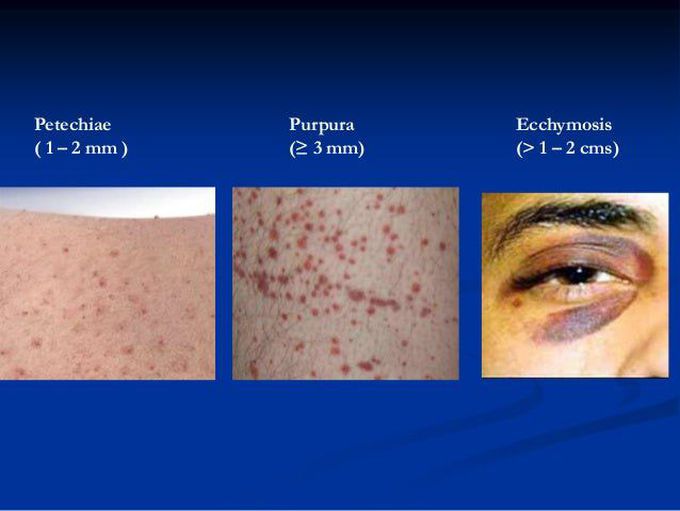What Is Ecchymotic Dec 27 2016 nbsp 0183 32 Efferent denervation results in the loss of sympathetic and parasympathetic regulation leading to an increase in resting heart rate and blunting the rapid changes in heart rate and contractility during exercise 2 7 Table 10 1 Methods to
Apr 21 2022 nbsp 0183 32 The locally denervated but biologically supported heart is a physiologic tool of great importance in the study of myocardial function and pharmacologic response once said Richard Lower and Normal Shumway the pioneers of heart transplantation 1 Indeed the autonomic nervous system influences nearly every facet of cardiac function including Early Cardiac Denervation Cardiac denervation causes the disappearance of neural input to the sinoatrial node and the loss of efferent and afferent nerve signaling into and out of the heart 14 16 18the latter of which makes HTx recipients unable to experience the sensation of angina due to ischemia 19 In addition cardiac denervation causes the loss of ventricular sensory input which
What Is Ecchymotic

What Is Ecchymotic
https://i.ytimg.com/vi/XEV-R92Tcik/maxresdefault.jpg

What s The Difference Between A Bruise ecchymosis And A Hematoma
https://i.ytimg.com/vi/kyM6hnRDJJk/maxresdefault.jpg

Cullen s Sign periumbilical Ecchymoses Causes Pathophysiology YouTube
https://i.ytimg.com/vi/MbeDtIDgm9Y/maxresdefault.jpg
Feb 3 2021 nbsp 0183 32 The Prebrief One of several nuances surrounding postoperative care of the heart transplant is that during implantation of the graft the innervation of the heart is partially severed Specifically the parasympathetic vagal neurons and the intrinsic postganglionic sympathetic nerve fibers traveling from the stellate ganglia to the myocardium are interrupted Whether cardiac reinnervation occurs after transplantation remains controversial despite extensive anatomic physiologic and pharmacologic testing Further those studies reporting reinnervation after transplantation have not elucidated the extent to which each limb of the autonomic efferent nervous system influences the transplanted heart
Sep 1 1997 nbsp 0183 32 In addition neural mechanisms undergo changes as a result of surgical denervation Afferent control mechanisms and efferent responses both are altered leading to important clinical abnormalities Examples include altered cardiovascular responses to exercise altered cardiac electrophysiology and altered responses to cardiac pharmacologic agents Nov 15 2024 nbsp 0183 32 Surgical denervation induces a host of hemodynamic changes Loss of afferent sensory neural connections impedes vasoregulatory reflex responses and leaves the HTxRs unable to feel the sensation of ischemic angina Missing efferent parasympathetic connections leads to an elevated heart rate HR at rest and loss of the normal nocturnal decline in blood
More picture related to What Is Ecchymotic

Stoma Types Of Stoma And Living With A Stoma Bag YouTube
https://i.ytimg.com/vi/YtwaMyK56ss/maxresdefault.jpg
Petechiae Vs Ecchymosis Vs Purpura MEDizzy
https://cdn.medizzy.com/DbQGg3RWL5AiSvNCsJ8t-cFT16g=/680x511/img/posts/d444c82c-754a-4cb2-84c8-2c754abcb2b6

Common Types Of Insect Bites 47 OFF Www micoope gt
https://hips.hearstapps.com/hmg-prod/images/common-bug-bites-1594241295.png?crop=0.888888888888889xw:1xh;center,top&resize=1200:*
Nov 27 2019 nbsp 0183 32 However HTx results in complete denervation of the donor heart with loss of afferent and efferent nerve connections The majority of patients remain completely denervated during the first 6 12 months following transplantation while the myocardial reinnervation process is usually found during the second year post transplant and involves the Mar 30 2017 nbsp 0183 32 The normal heart is innervated by sympathetic and parasympathetic fibers of the autonomic nervous system ANS The ANS exerts chronotropic and inotropic control over the heart and supplies visceral sensory fibers to the pericardium Heart transplantation results in denervation of the donor heart by surgical dissection of postganglionic neurons
Mar 1 2010 nbsp 0183 32 Orthotopic heart transplantation renders the recipient both afferent and efferent cardiac denervated 1 Missing the vagal effect leads to higher heart rates at rest but a slow acceleration during exercise 2 Studies have failed to show a parasympathetic influence demonstrating evidence for cardiac reinnervation up to 1 year after Background Late after cardiac transplantation lim ited reinnervation of the transplanted heart may oc cur but little is known about the effect of reinnerva tion on cardiac function and exercise

Caput Succedaneum What Is It Causes Signs And Treatment Nursing
https://i.pinimg.com/736x/05/e8/82/05e8823730ea43821aa20ad2fdfa840d.jpg

Ecchymosis LearnDerm
https://www.learnderm.com/wp-content/uploads/2023/09/L02_purpuric_ecchymosis_light-skin_solar-purpura_79650-700x525.jpg
What Is Ecchymotic - Sep 1 1997 nbsp 0183 32 In addition neural mechanisms undergo changes as a result of surgical denervation Afferent control mechanisms and efferent responses both are altered leading to important clinical abnormalities Examples include altered cardiovascular responses to exercise altered cardiac electrophysiology and altered responses to cardiac pharmacologic agents
